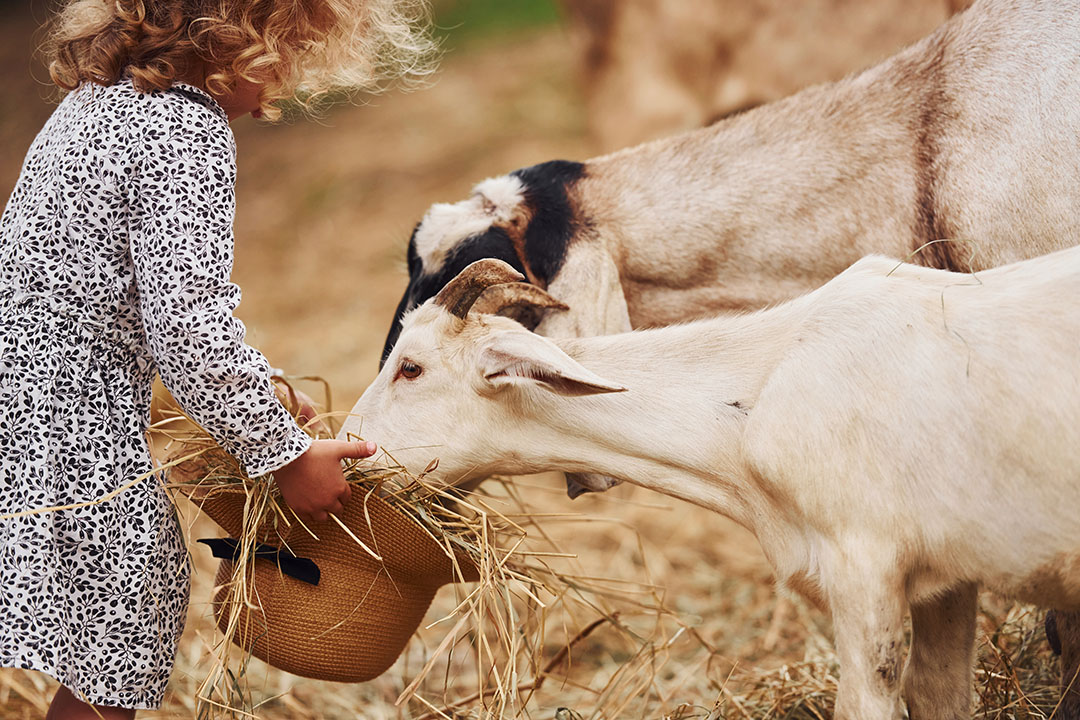Abstract
Taking children on nature outings provides an exceptional opportunity to deepen emotional bonds, cultivate life skills, and raise environmental awareness. This activity is not only healthy recreation but also offers a platform for informal education, exploration of the surrounding world, physical and mental strengthening, and the creation of lasting family memories. This article discusses the necessity, benefits, and practical recommendations for a successful nature trip with children.
Introduction
Urban living, increased screen time, and reduced physical activity have deprived many children of direct contact with nature. Yet healthy development relies on open-air experiences, discovering natural elements, and interacting with living ecosystems. Nature trips can offer a simple, affordable, and effective response to this need. Families only need a brief, purposeful, and safe plan to step outside and immerse themselves in the natural world.
Section 1: Benefits of Nature Trips for Children
- Physical Development: Activities like hiking, running, and climbing natural features strengthen muscles and improve coordination.
- Sensory Enhancement: Listening to natural sounds, touching the textures of leaves and soil, smelling plants, and observing the sky and insects heighten the five senses.
- Stress Reduction: Nature induces mental calm, boosts concentration, and promotes better sleep.
- Curiosity and Experiential Learning: Children learn about plants, animals, rocks, and natural phenomena firsthand.
- Environmental Stewardship: Instills respect for nature and a sense of responsibility for its protection.
Section 2: Safety and Preparation Before the Trip
- Choose an Age-Appropriate Destination: Options include forests, wooded parks, foothills, calm riversides, or botanical gardens.
- Check the Weather Forecast: Plan activities according to weather conditions.
- Pack Essentials: Hats, water, snacks, insect repellent, suitable clothing, and a basic first-aid kit.
- Educate Children on Safety Rules: Stay away from cliff edges, avoid unknown plants, and respect wildlife.
Section 3: Suggested Activities in Nature
- Insect Houses: Create simple shelters for bugs using leaves and twigs.
- Natural-Material Painting: Use flowers, soil, and wood pieces as “paints” on paper or fabric.
- Nature Treasure Hunt: Collect special items (e.g., a red leaf, a heart-shaped stone, a bird feather).
- Nature Journaling: Record observations and sounds in a notebook or through sketches.
- Storytelling: Weave tales inspired by the surrounding elements.
Section 4: Parents’ Role in a Successful Outing
- Active, Enthusiastic Participation: Turn the trip into a positive, memorable adventure.
- Ask Thought-Provoking Questions: Encourage children to observe closely and articulate their experiences.
- Respect the Child’s Pace: Allow for slow walking, pauses, and exploratory play at chosen spots.
- Model Environmental Care: Pick up litter, refrain from eating unripe fruits, and avoid stepping on plants.
Section 5: Urban Nature Experiences
When a remote wilderness visit isn’t feasible:
- Visit Local Parks: Seek out areas with mature trees and green spaces.
- Explore Botanical Gardens or Educational Zoos.
- Tour Urban Farms or City Greenhouses.
- Walk Quiet Neighborhood Streets: Focus on discovering natural elements.
Conclusion
Nature trips with children reconnect us with simplicity, tranquility, and hands-on learning. Children gain physical and mental benefits while family relationships grow deeper and more meaningful. With a little time, enthusiasm, and planning, today’s child can become tomorrow’s mindful guardian of the environment.







